Each year, Sirens chair Amy Tenbrink posts monthly reviews of new-to-her fantasy books by women and nonbinary authors. You can find all of her Sirens Book Club reviews at the Sirens Goodreads Group. We invite you to read along and discuss!
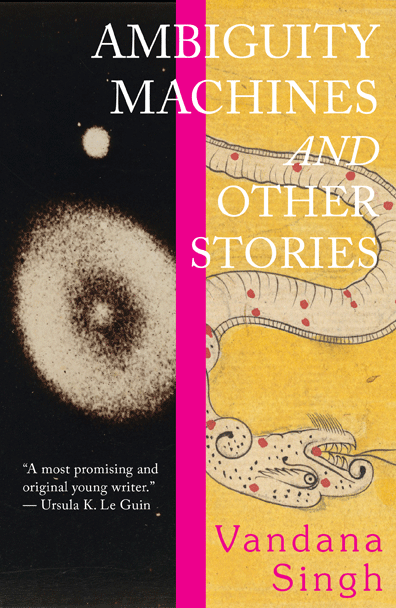
Today, we need to talk about fantasy and science fiction.
And why they’re different.
And why I generally like one and not the other.
And what on earth any of this has to do with Vandana Singh’s Ambiguity Machines and Other Stories.
Let’s start with a confession: As a general rule—and I do mean a very broadly applied rule with a ludicrously small number of exceptions—I don’t like science fiction. I do not like your spaceships or your far-flung planets. I do not like your artificial intelligence or your aliens. I do not like your Star Wars or your Star Trek or your Guardians of the Galaxy. I do not like any of that, Sam I am.
I often find that, when we’re talking about liking or disliking entire genres, it’s perhaps helpful to throw out the very good and very bad examples. If you put N.K. Jemisin’s The Fifth Season in the hands of someone who doesn’t like fantasy, they might well like it anyway because it’s bloody perfect. It’s so perfect that the fantasy elements— despite being wholly necessary for the entire point—are almost secondary. In so many ways, it’s a slavery book, a climate change book, a middle-aged woman’s bildungsroman book, not a fantasy book. (Yes, you and I both know it’s actually a fantasy book.) Similarly, let’s not extrapolate anything from the fact that I really did like Kameron Hurley’s sci-fi The Stars Are Legion, despite that it was terribly damp, because it’s also terribly good. While I fully recognize that sci-fi tropes are necessary for a woman to give birth to a spaceship part, for me, The Stars Are Legion is a reproductive justice book and its (very damp) science fiction trappings are secondary.
Conversely, it’s probably not helpful to draw conclusions about genres from disliking their very bad books. Bad books are bad books, whether they have aliens or not.
But when you start to look at the middle swath of books, which are neither very good nor very bad, I am much more likely to find something that I like in the fantasy books than in the science fiction books. And Ambiguity Machines and Other Stories, Vandana Singh’s collection, with its foundation of myth and its execution of science, was an interesting read for me because it almost begs the question, “Well, Amy, why is it, in fact, that you don’t like science fiction anyway?”
And here, I think, is the answer: Start, again, by removing the really great books from your calculus. And by that, I mean, more often than not, those books that use the possibilities of the genre as a necessary component of the actual story they’re telling: The Stars Are Legion’s use of forced birth of spaceship parts as a furious cry for reproductive justice, for example, or Ninefox Gambit’s shoving a resurrected, renowned, murderous strategist into the head of a crashhawk to explore the value, or not, of rule-following as a form of regime change.
Put those aside. What you’re left with is a lot of stories that, whether you love them or you don’t, maybe didn’t need that particular genre to tell its story. Because stories aren’t really about unicorns or spaceships or ghosts, are they? They’re about revolution or love or self. (And we could go down a serious rabbit hole right here about what the necessary components of a story are, but I will argue into the ground that spaceships are only very rarely one of them.) But for one reason or another or a thousand, the author chose a particular genre. So regardless of whether it’s unicorns or spaceships or ghosts (or all three, whee), you’ve begged certain questions that readers think comes with them: virginity issues, say, or the physics of warp speed, or what exactly is going bump in the night. So far, still okay!
And—I swear I’m coming to the point, hang in there—here’s why I read speculative fiction, generally: It gives authors a chance to create worlds that don’t have the same bullshit as ours. I read speculative fiction for the possibility of exploring a world that is better—more fair, more just—than ours. Or that explores issues that our world has in more thoughtful, more empathetic ways. And that’s why I get mad at both science fiction and fantasy for their thoughtless defaults to white, cisgendered, heterosexual, able-bodied, neurotypical people. Speculative fiction presents the opportunity to make more people human.
But here’s the thing: When we’re talking about who gets to be human in speculative fiction, science fiction fumbles that issue way more often than fantasy. Which is not to say that fantasy isn’t rife with issues of slavery and consent and a thousand other problematic things. Your flowers might speak, Lewis Carroll, but do they get to vote? I fucking thought not.
But sheesh, in sci-fi, basically every setting and every plot begs questions of humanity. Every time there’s an alien or some artificial intelligence or a sentient plant or a jumped-up Roomba, I want to know whether that’s a human. In a world where a robot can run a planet, I want to know what the author thinks being human means. In worlds where computers can think on their own and people are technologically enhanced and aliens turn up every dang day, what does human-ness require? And some science fiction books interrogate this well (Semiosis), and some do not, and so many don’t even try, but when I read speculative fiction specifically so authors can explore worlds that are more fair or just or thoughtful than ours, and we’re not querying how we treat the independently thinking robots who are running entire planets, it makes me furious.
Which brings me, finally and in the most roundabout way possible, to Vandana Singh’s Ambiguity Machines and Other Stories.
Vandana Singh is both a speculative fiction author and a theoretical particle physicist. And frankly, you can always tell when a sci-fi author is also a scientist, can’t you? It’s not even so much the facility with the science that’s apparent in the details, but the way of looking at the world around you as a place of infinite possibility. A proclivity to see the wonder of both the grand scale of the universe and every person’s tiny place in it.
Ambiguity Machines and Other Stories has all of that wonder and then some. Singh was born in India, to parents with graduate degrees in English literature, so she was raised on stories: Indian epics, the myths and legends of South Asia, Shakespeare, and more. Those tales are the foundation for her work: Even as we’re following a protagonist across the universe in pursuit of a robot, hell-bent on revenge, Singh is explicitly drawing parallels to the Ramayana. But perhaps even more than those tales, Singh’s awe of the universe seeps into the pores of every story. Her stories are about wonder and wondering: Is time truly linear? Can one person change the cosmic course of the universe? Is there a case to be made for an Anti-Occam’s Razor Theory? Her stories are an inherent exploration: of society, of the world, of the universe.
And of what it means to be human.
Through all those legends and all that wonder, in worlds of profound artificial intelligence and alien manipulation, Singh’s fundamental question is a humanist one: What does it mean to be human? It’s a question that she poses delicately, empathetically, in a profoundly exploratory way—but she’s relentless in her inquiry. Every story in the collection asks, in one way or another, what it means to be human. Is it love? Is it revenge? Is it duty? Is it self-determination? An ability to change the world? Is it, in fact, being able to wonder at the endless possibilities of the universe?
I could tell you more, of course. About how “Somadeva: A Sky River Sutra” is an explosive take on the power of stories. Or about how “A Handful of Rice” contemplates both surprise and compromise. Or the reader’s own moment of wonder halfway through “Peripeteia.”
But I don’t need to, do I?
Because you already know the most important part: Vandana Singh’s work, steeped in Indian tales, presented with a scientist’s awe, asks the question that I most need from my sci-fi reading: What makes us human?
Amy Tenbrink spends her days handling strategic and intellectual property transactions as an executive vice president for a major media company. Her nights and weekends over the last twenty-five years have involved managing a wide variety of events, including theatrical productions, marching band shows, sporting events, and interdisciplinary conferences. Most recently, she has organized three Harry Potter conferences (The Witching Hour, in Salem, Massachusetts; Phoenix Rising, in the French Quarter of New Orleans; and Terminus, in downtown Chicago) and nine years of Sirens. Her experience includes all aspects of event planning, from logistics and marketing to legal consulting and budget management, and she holds degrees with honors from both the University of Southern California’s Thornton School of Music and the Georgetown University Law Center. She likes nothing so much as monster girls, Weasleys, and a well-planned revolution.




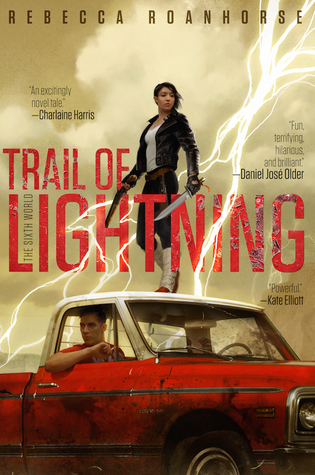
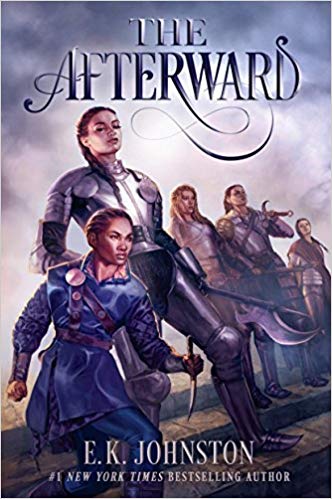
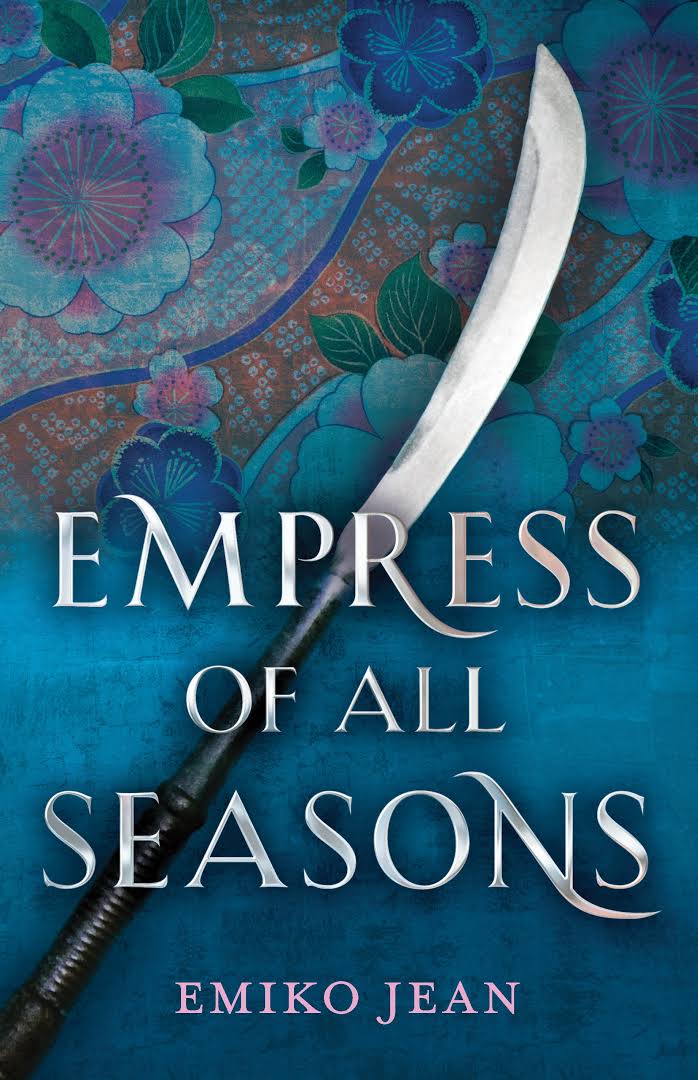
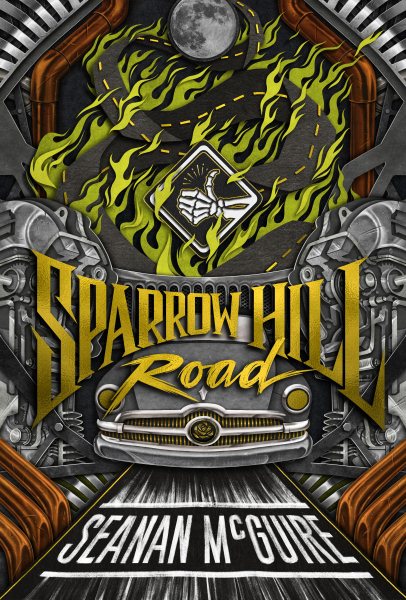
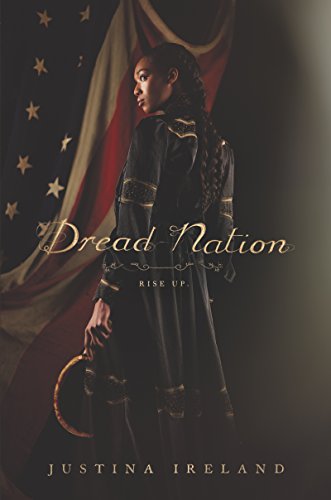
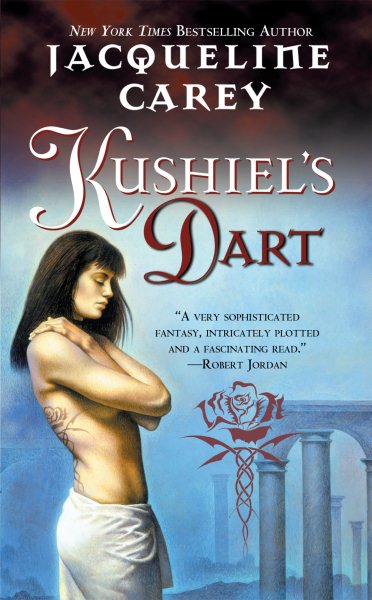
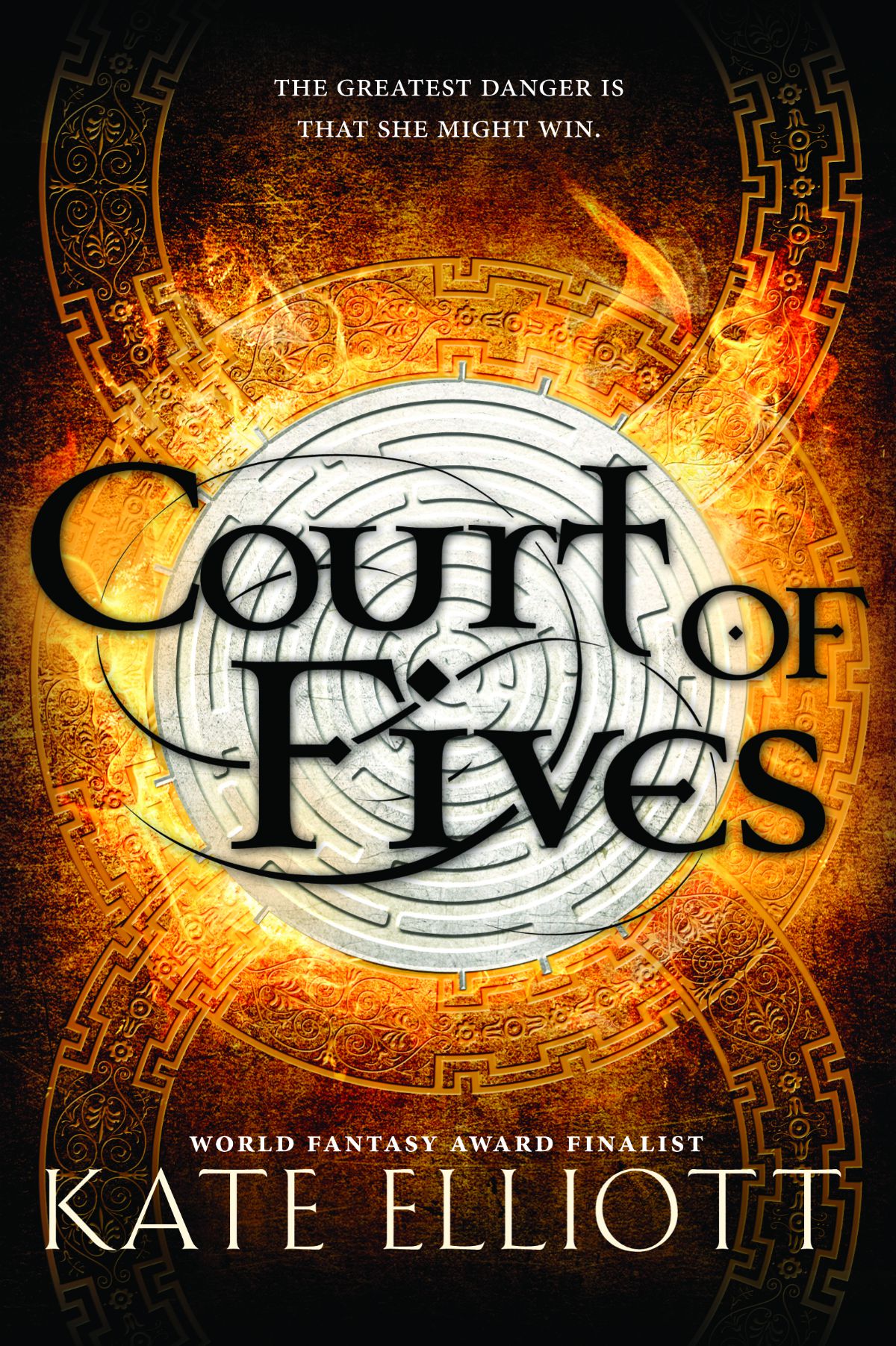
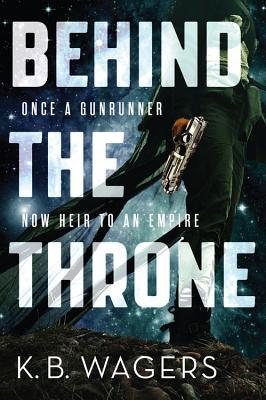
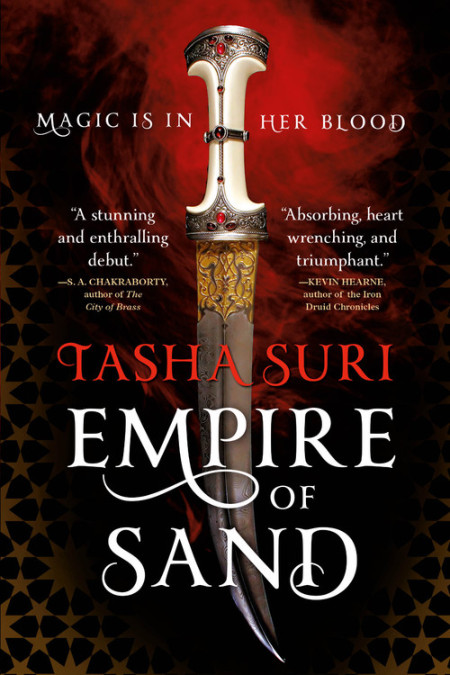
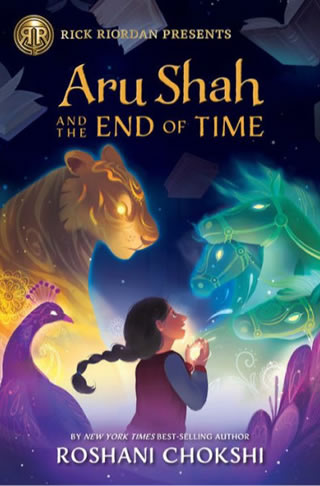
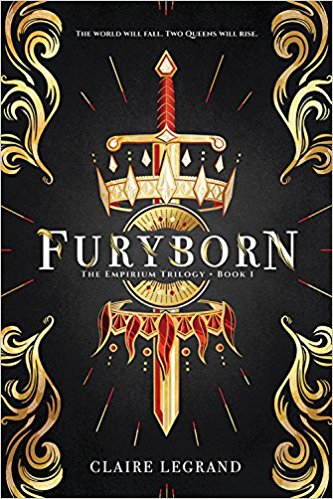
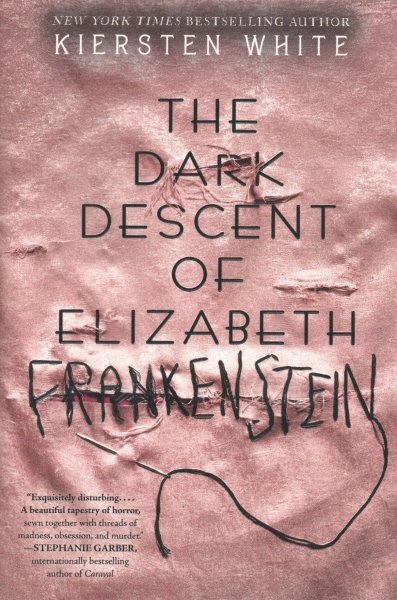
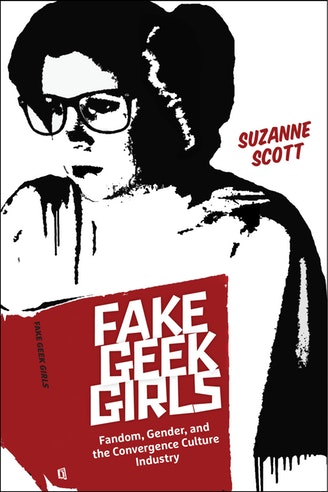



Connect with the Sirens community
Sign up for the Sirens newsletter